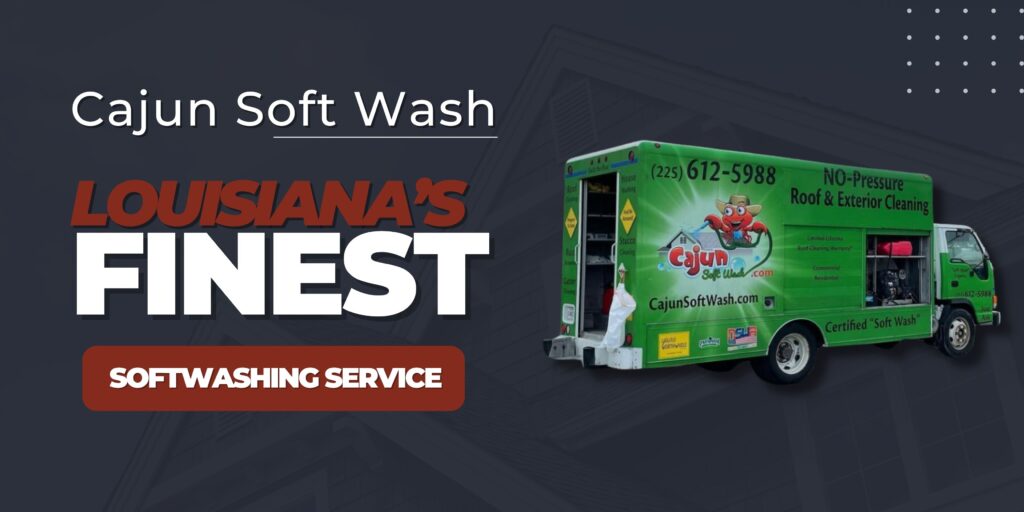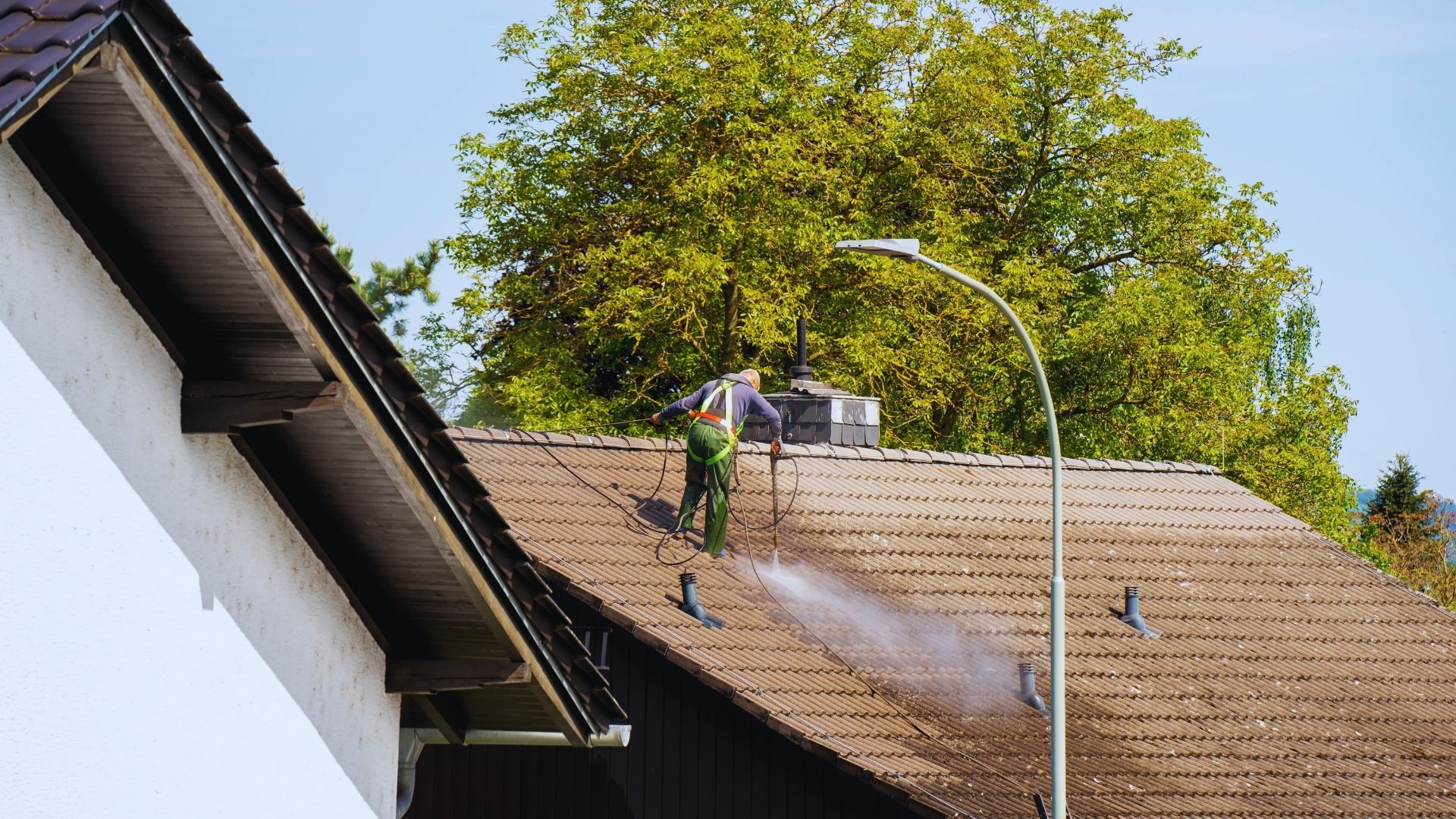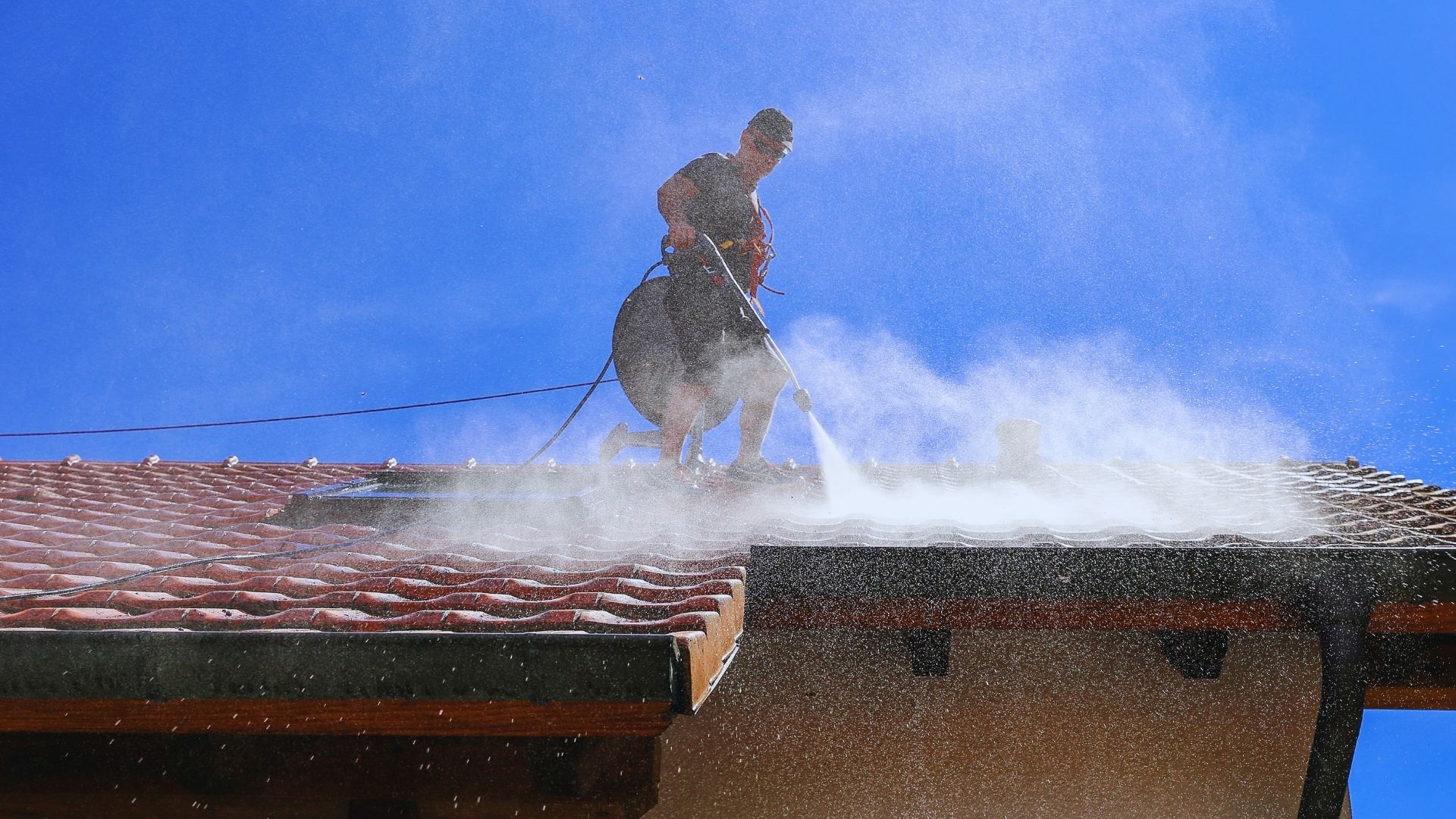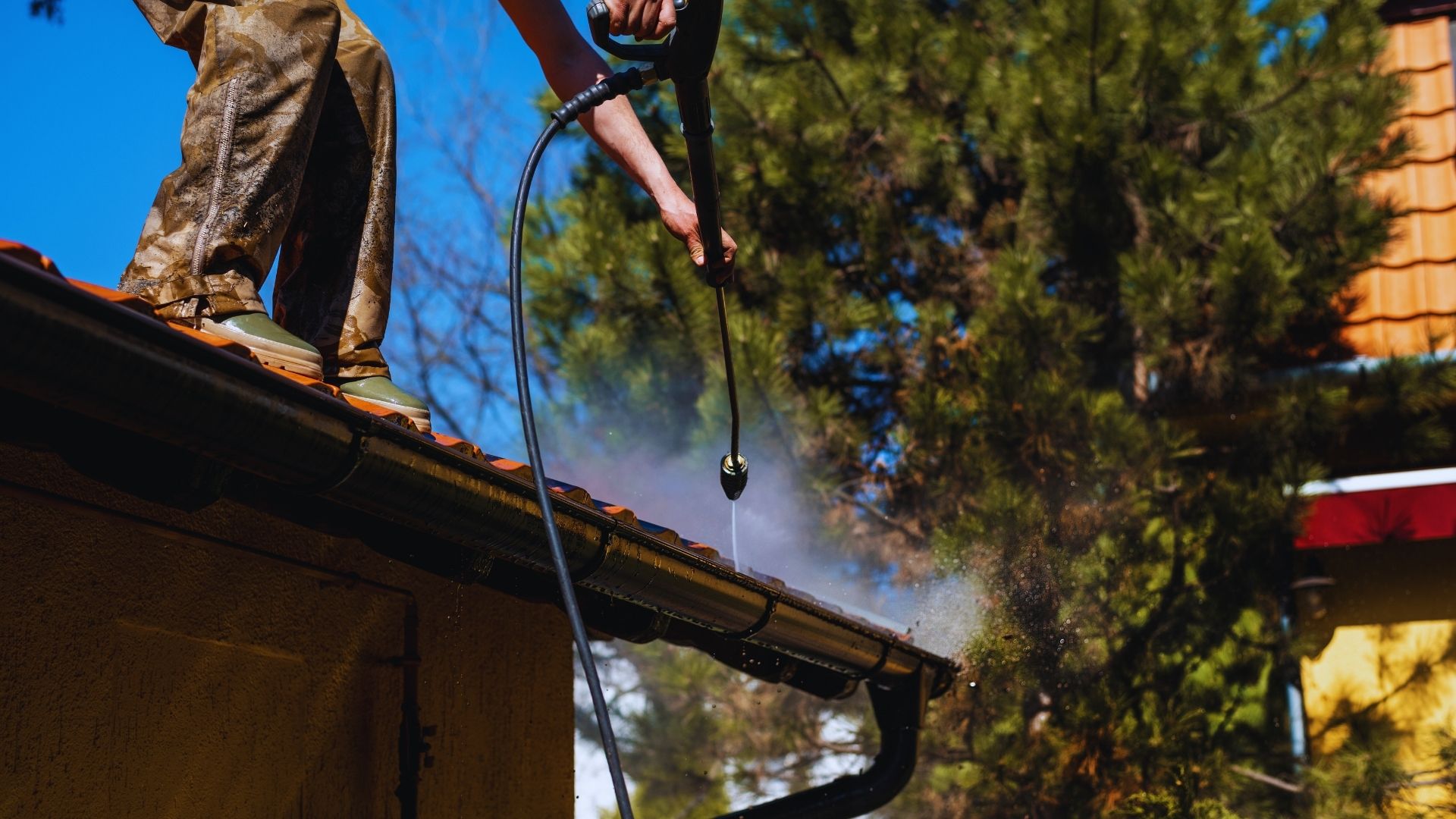Most homeowners don’t realize how dangerous a dirty patio can become. According to workplace safety data, slip and fall incidents make up 67% of same-level accidents, and outdoor surfaces play a major role in these numbers.
What’s really shocking is that these types of accidents cause nearly 700 deaths every year in work environments alone – imagine how many happen at home.
Sure, nobody wants guests walking onto a grimy, stained surface, but there’s a real safety issue here. When dirt, algae, and organic matter build up, patios become slippery death traps, especially when wet. Homeowners who stay on top of regular cleaning see their patios last 40% longer than those who ignore maintenance.
Know What Surface You’re Dealing With
Here’s where most people mess up: they treat all patios the same way. That’s a mistake that can cost hundreds or even thousands in damage.
Concrete patios are pretty forgiving. They can handle aggressive cleaning, high pressure, and most chemicals without breaking a sweat.
Stone patios are different. Natural stone, like travertine, marble, or limestone, will get permanently damaged by acidic cleaners. These surfaces are porous, which means spills sink in fast. Wait too long to clean a wine spill, and it’s probably permanent.
Brick and paver patios have their own headaches. All those joints between bricks collect everything – dirt, weeds, water. These spots become breeding grounds for mold and weeds that can push the bricks apart over time.
If there’s stucco siding around the patio area, it’s smart to tackle everything at once rather than making multiple trips with different equipment.
Equipment to Use
Forget the cheap pressure washer from the big box store. Professional results require professional equipment. A decent pressure washer with variable controls lets operators dial in the exact pressure needed without destroying the surface.
Slip-resistant boots are mandatory when working with wet surfaces and cleaning chemicals. Safety glasses protect against spray-back, and chemical-resistant gloves prevent skin contact with harsh cleaners.
The cleaning chemicals matter more than most people think. Different stains need different approaches. Oil stains require degreasers. Mold needs antimicrobial treatments. General dirt responds to basic detergents. Having the right chemical for the job makes the difference between success and wasted time.
The Right Way to Clean a Patio
Getting Started
Everything comes off the patio first – furniture, planters, decorations, everything. There’s no point trying to work around obstacles, and cleaning chemicals can damage or stain items left behind.
A thorough sweep removes loose debris that would otherwise scratch surfaces during washing. This step seems obvious, but many people skip it and wonder why their “clean” patio has new scratches.
Walk the entire area looking for damage before starting. Loose bricks, cracked concrete, or wobbly stones need attention first. Water can get into these problem areas and make the damage worse.
The Actual Cleaning Process
Apply cleaning solutions in sections small enough to work before they dry out. Let the chemicals do their job – rushing this step means doing the work twice.
Circular motions work better than back-and-forth scrubbing for most surfaces. The brush type depends on what’s being cleaned – stiff brushes for concrete, softer brushes for delicate stone.
For properties with multiple exterior surfaces, coordinating white stucco cleaning with patio maintenance saves time and ensures consistent results.
Rinsing is where many DIY attempts fail. Every trace of cleaning chemical must come off, or it will attract dirt and create slippery residue. Use plenty of water and take the time to do it right.
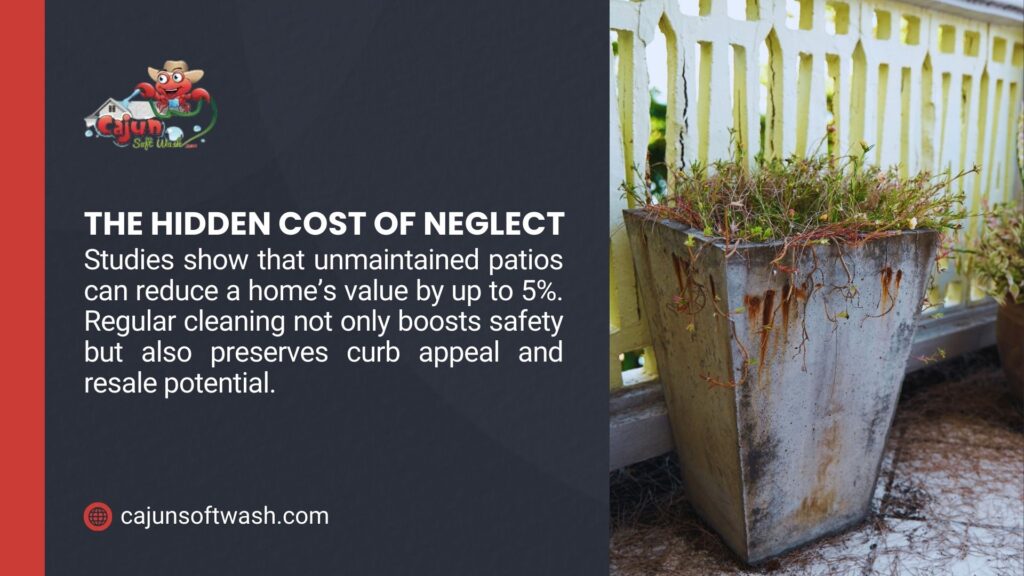
Dealing with Tough Stains
Oil and grease stains happen on every patio sooner or later. Fresh spills come up easily with absorbent materials like cat litter. Old, set-in stains need aggressive degreasers and patience.
Mold and algae are safety hazards disguised as cleaning problems. These organisms make surfaces dangerously slippery and keep coming back unless properly treated. Standard household bleach kills most biological growth, but specialized antimicrobial treatments last longer.
Mineral deposits show up as white, chalky stains, especially in areas with hard water. Mild acid solutions dissolve these deposits, but stone surfaces require careful product selection to avoid permanent damage.
Properties dealing with extensive mold problems might need to address mold removal from stucco areas as well.
Maintenance That Prevents Problems
Spring cleaning tackles winter damage and gets patios ready for heavy-use season. Fall cleaning removes organic debris before it decomposes and stains surfaces during the wet winter months.
Monthly maintenance prevents small problems from becoming big ones. A quick sweep and immediate attention to spills keeps patios looking good between deep cleanings.
Annual professional deep cleaning reaches contaminants that regular maintenance misses. Professional services can also spot developing problems before they become expensive repairs.
Awning cleaning often makes sense to coordinate with patio maintenance since the same equipment and setup work for both.
Environmental and Safety Considerations
Chemical runoff damages plants and can violate local water quality regulations. Biodegradable cleaners cost more upfront but prevent environmental problems and potential fines.
Water usage adds up quickly with pressure washing. Some areas have restrictions on outdoor water use during drought conditions. Planning cleaning for optimal weather conditions reduces water waste.
Chemical storage and disposal create liability issues for property owners. Professional services carry insurance and licensing for chemical use and disposal.
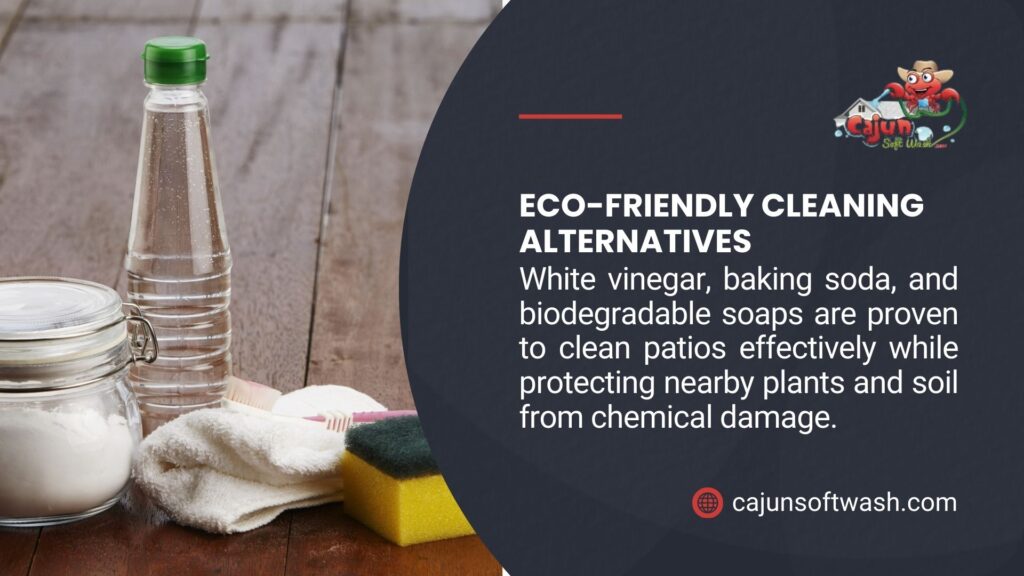
Mistakes That Cost Money
Using too much pressure damages surface textures and drives dirt deeper into porous materials. Starting with low pressure and increasing gradually prevents expensive damage.
Weather conditions affect both safety and results. Wind spreads chemicals unpredictably. Hot weather causes cleaning solutions to dry too fast. Cold weather reduces chemical effectiveness.
Poor drainage causes problems that persist long after cleaning is complete. Standing water breeds bacteria and accelerates surface deterioration.
Mixing incompatible chemicals creates dangerous reactions and can damage surfaces permanently. Stick to one product at a time and rinse thoroughly between applications.
Stucco ceiling cleaning requires special consideration for overhead work safety.
Protective Treatments and Prevention
Sealing patios protects against stains and weather damage. Different sealers offer different benefits – water repellency, stain resistance, or slip resistance. Proper surface preparation determines how well sealers perform and how long they last.
Drainage problems cause ongoing issues that cleaning can’t fix. Gutters, downspouts, and site grading need maintenance to keep water moving away from patio surfaces.
Regular inspections catch problems early when repairs are still simple and affordable. Annual professional assessments document conditions and recommend maintenance timing.
Simple prevention measures reduce cleaning frequency and extend surface life. Furniture pads prevent scratches. Immediate spill cleanup prevents stains. Proper landscaping reduces organic debris.
Quality Control and Professional Standards
White residue after cleaning usually means incomplete rinsing or hard water mineral deposits. Thorough rinsing with clean water eliminates most residue problems.
Streaking results from inconsistent technique or working in sections that are too large. Maintaining overlap patterns and working quickly prevents uneven results.
Color changes in stone or concrete indicate chemical damage from inappropriate cleaners. Testing all products in hidden areas first prevents visible damage.
Recurring problems suggest underlying issues rather than surface contamination. Identifying root causes provides lasting solutions instead of temporary fixes.
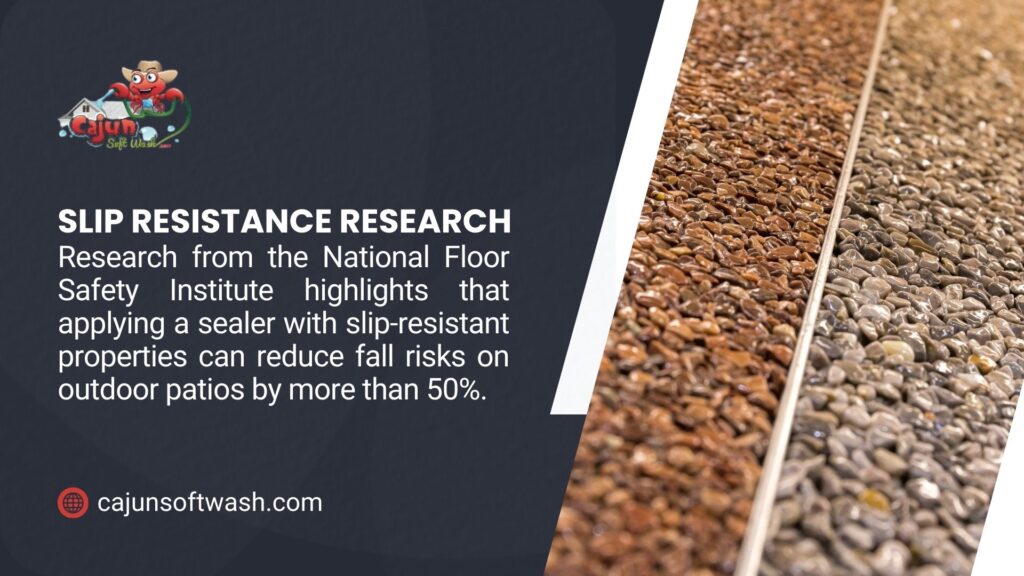
Get Professional Results for Your Patio
Dirty, stained patios create safety hazards and hurt property values. Professional patio cleaning services have the knowledge, equipment, and experience to restore outdoor surfaces safely and effectively.
Cajun Softwash handles exterior surface cleaning throughout Louisiana. Our team knows how to deal with the region’s unique climate challenges and has the equipment to handle everything from basic concrete to delicate natural stone.
Get your patio back to like-new condition by contacting us today. Our professionals will restore your outdoor space while making sure it’s safe for family and friends to enjoy.


